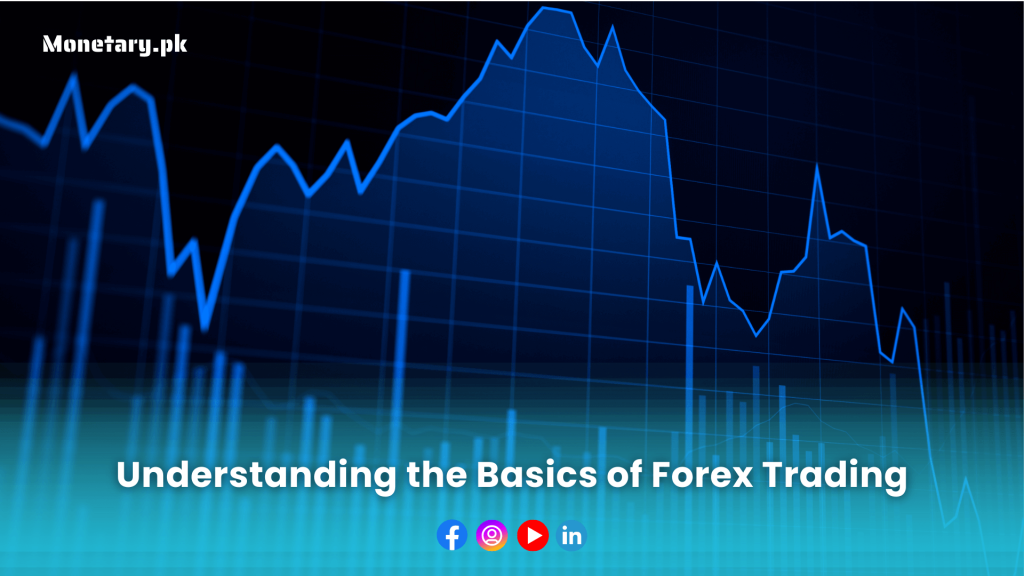Forex trading provides numerous strategies to trade, with day trading and swing trading being two widely used approaches. Understanding their distinctions enables traders align their strategy with their targets.
What is Day Trading?
In forex, day trading involves buying and selling currencies many times in single day, closing all the trades before market closes. To succeed, traders must monitor market actively utilizing charts and technical analysis to spot short-term profit opportunities. This way, traders can make informed decisions.
What is Swing Trading?
Forex swing trading means maintaining trades open for several days or weeks to capitalize on significant price swings. Traders must employ a combination of technical and fundamental analysis to understand the market dynamics. Being patient and gaining a thorough comprehension of market trends and fluctuations is also crucial for gaining profits from broader market movements.
Key Differences at a Glance:
1. Time Frame
Day trading is fast-paced and intense activity that requires constant market tracking and execute multiple tasks with tight time frames. In contrast, swing trading is more relaxed pace and flexible, allowing traders to hold trades for days or weeks thereby reducing the need for persistent scrutiny. It makes swing trading ideal for people with multiple commitments providing a manageable forex trading approach.
2. Risk and Reward
High risks come with day trading due to rapid market fluctuations offering the quick profit opportunities. Whereas, swing trading reduces stress and costs with fewer trades and focuses on achieving steady, long-term growth. The choice between these two approaches hinges on trader’s risk tolerance, financial goals, and preferred trading style.
3. Tools Used
Specific tools are utilized by day traders to foster timely decisions. These tools include charts showing daily price movements, signs that predict price changes, and fleeting price patterns. Conversely, swing traders adopt a comprehensive approach, integrating technical and fundamental analysis to understand market trends and economic influences. Each trading strategy requires a unique toolset and skills to succeed.
4. Lifestyle Fit
Day trading is a time-intensive effort, requiring daily commitment of several hours to market monitoring. On the other hand, swing trading is flexible and attractive option catering to part-time traders with limited time or varied responsibilities. Further, less screen time is required making it more suitable for making decisions at your own pace. Choose a trading style that fits with your lifestyle and trading approach.
To ensure success in forex trading, all that traders need is to find a style that reconciles their schedule, risk appetite, and personal goals. It ultimately drives progress towards long-term trading aspirations with enhanced effectiveness and confidence.









